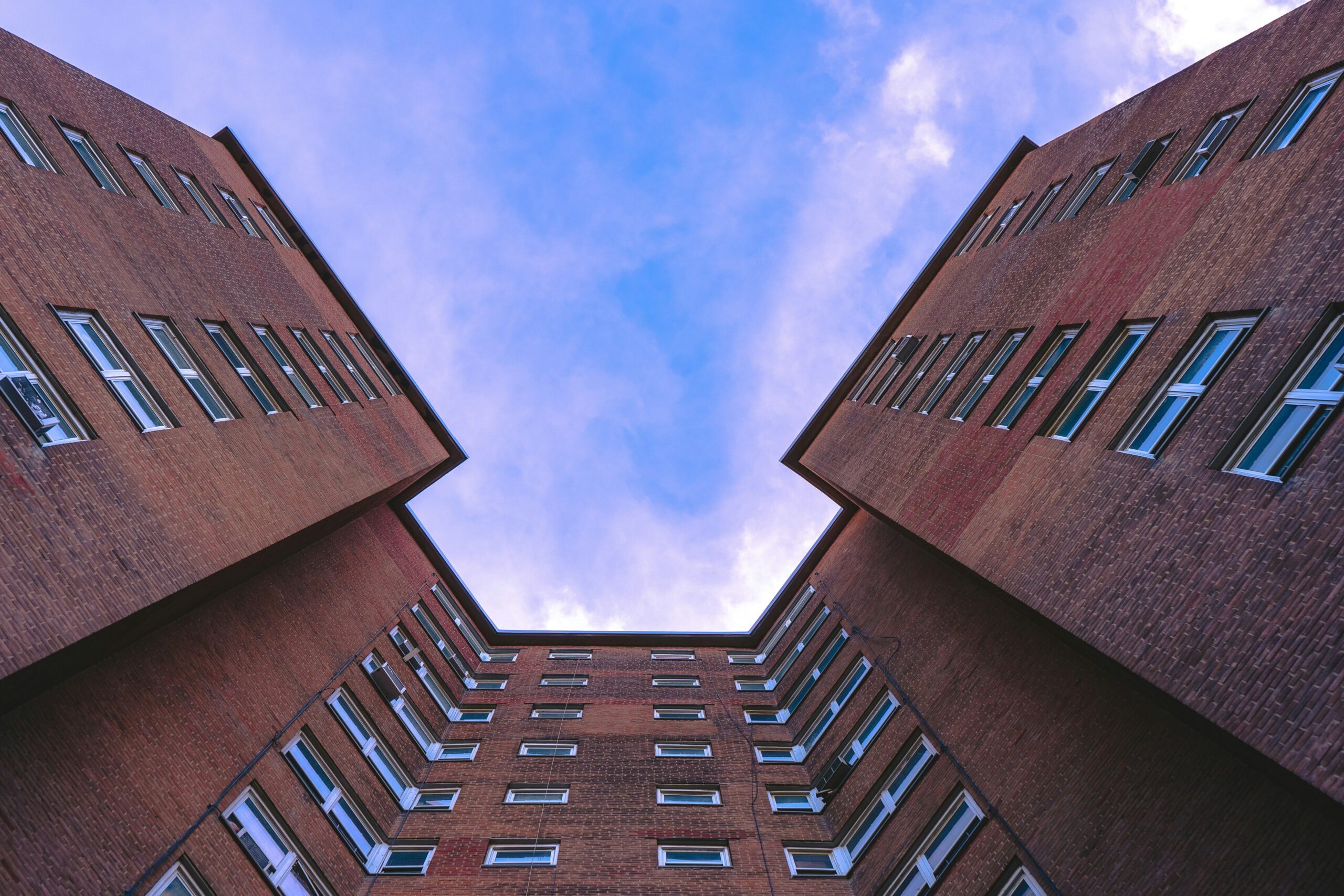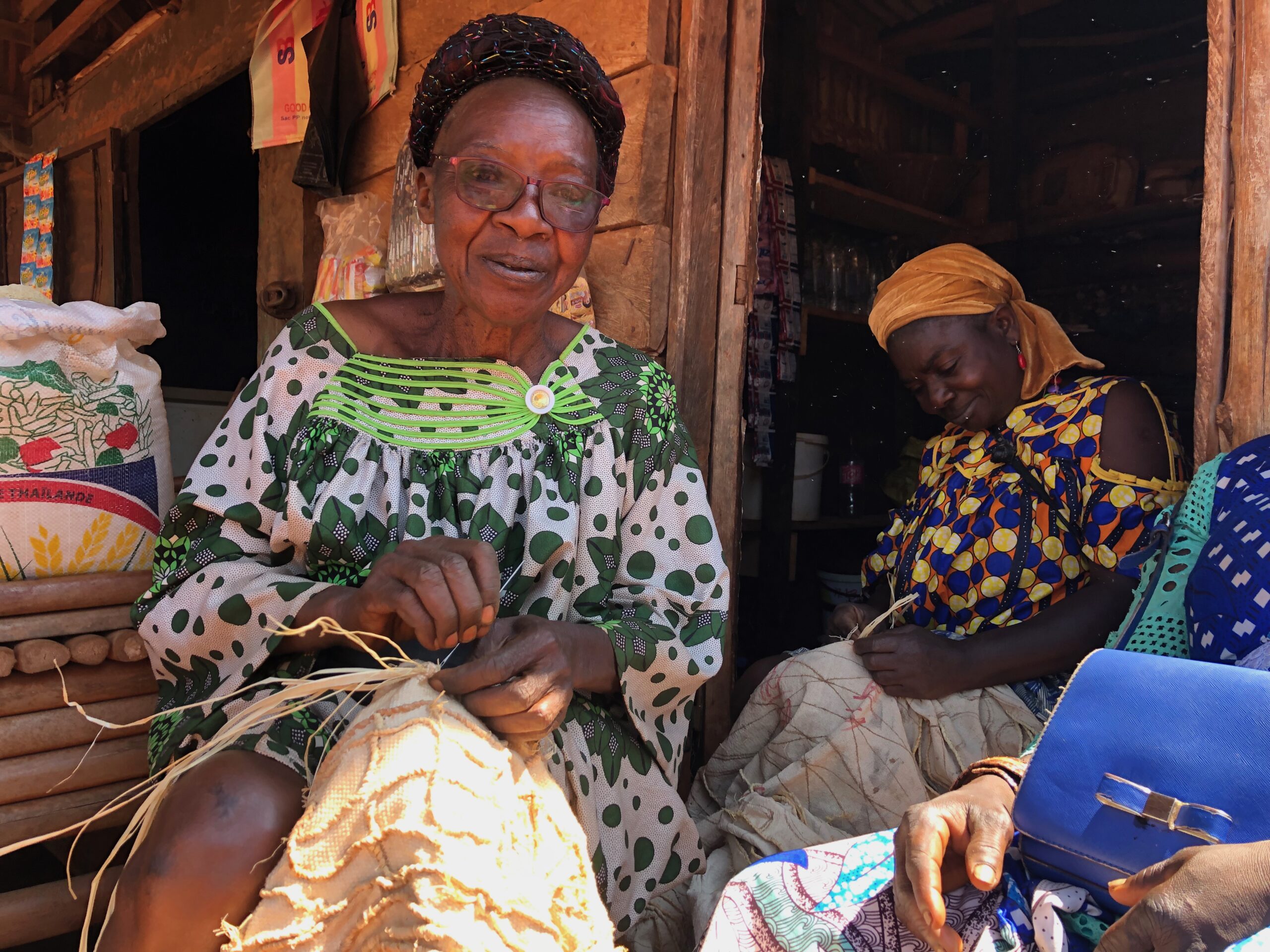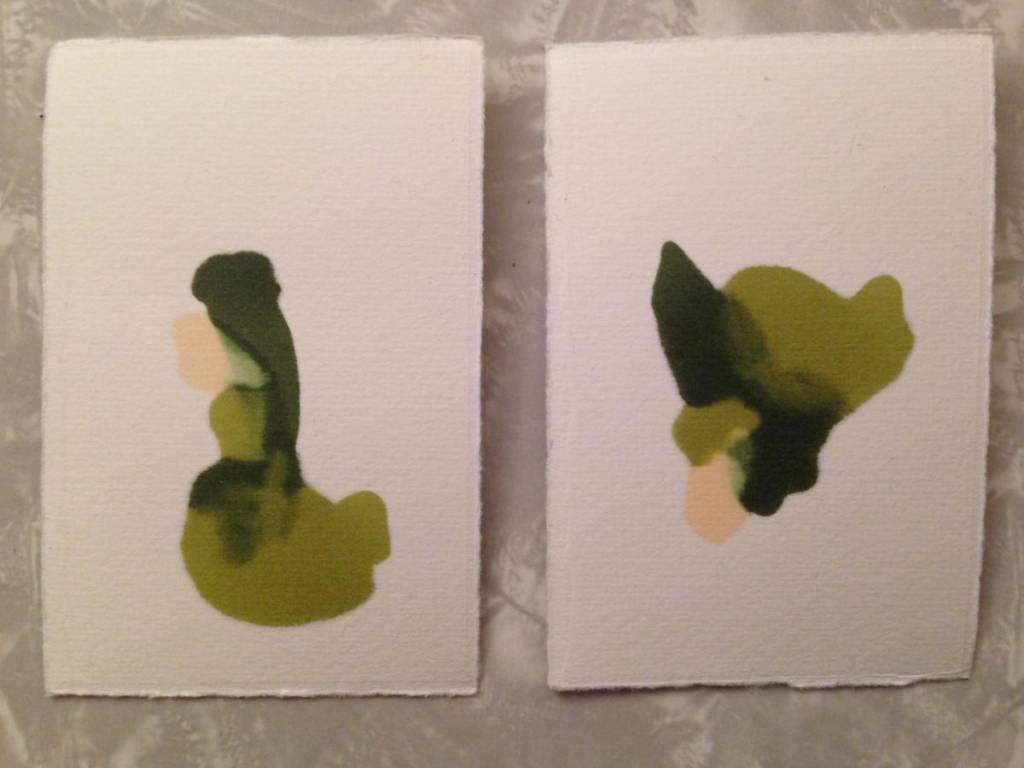
Around this table we’d gather, cover it with food. In the end: scattered drippings and crumbs, bottles and glasses emptied or abandoned. A cat scavenging the remains.
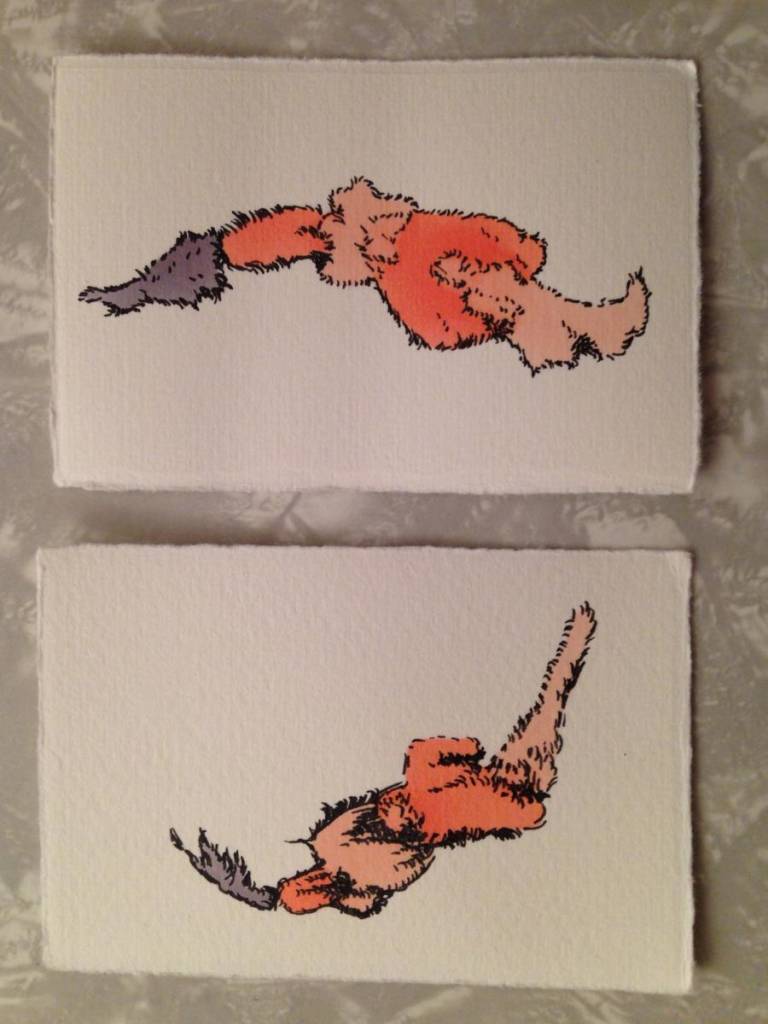
Now, relocated, with a chair on one side only. On the other, a wall. The formerly kitchen chair, my chair. The formerly kitchen table: my workspace.
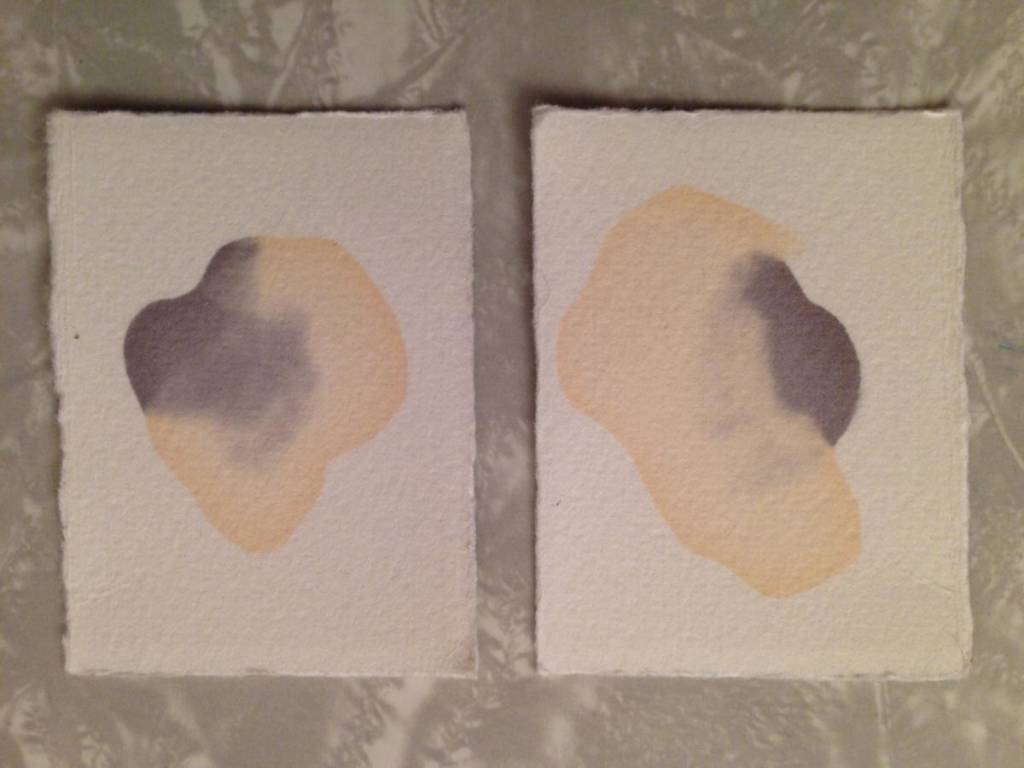
Sit here, apply color, observe contrast. Saturation. One bleeds into another. One side into the other.
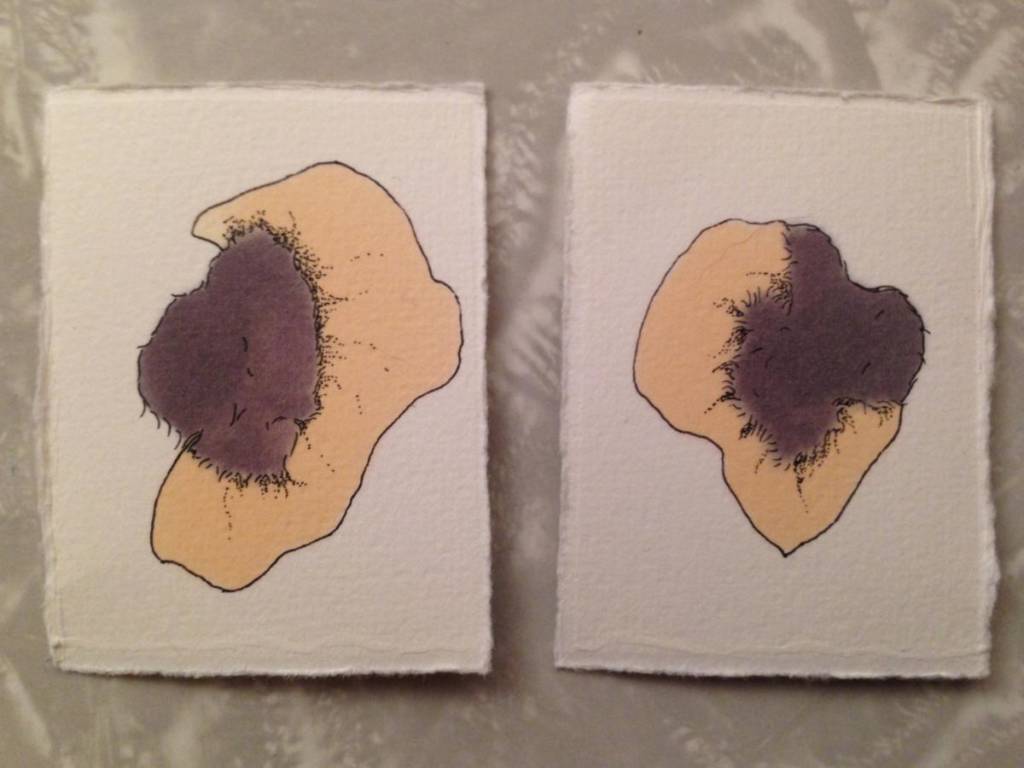
Form emerges. Lines describe. Try to make a habit of it. This, a repeating pattern.
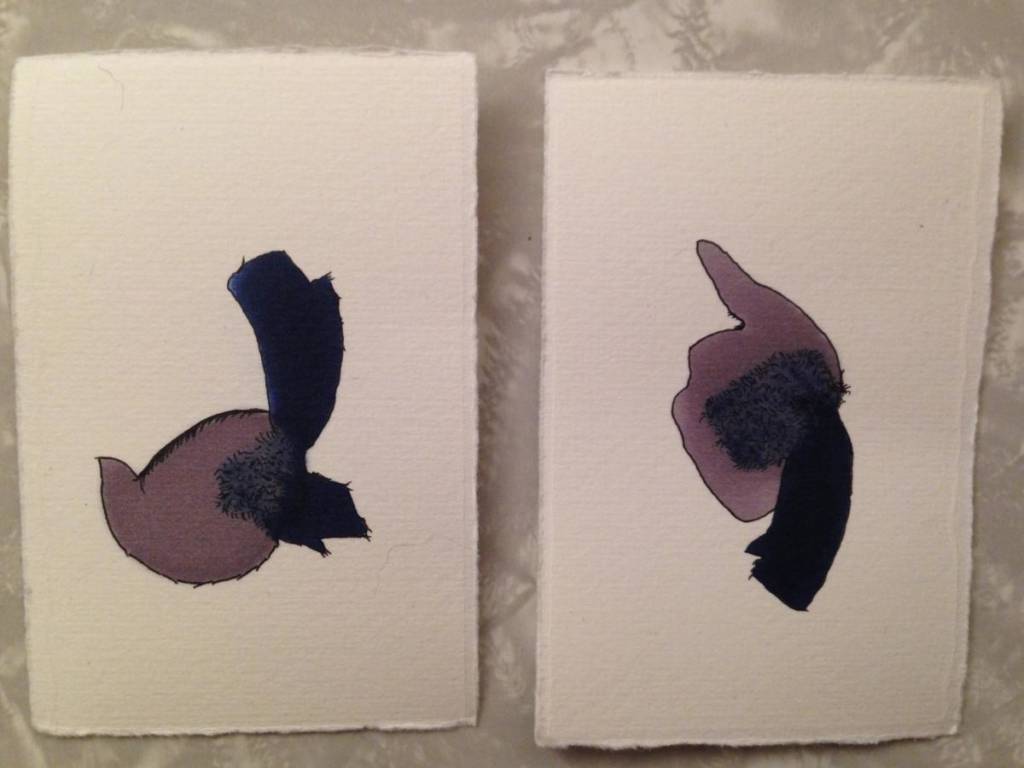
Recall that cusp-of-the-new-year conversation about routine, discipline—the collective lack of it. This is not a daily practice,
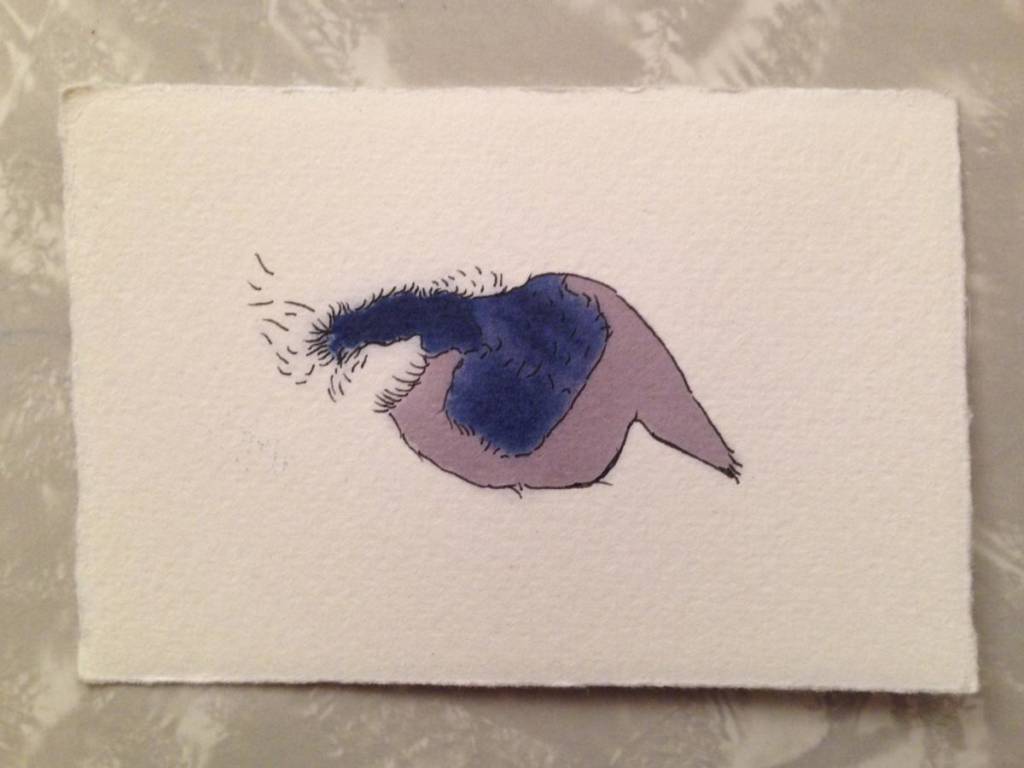
but movement toward frequency. An attempt at commitment, or devotion, mostly an inconsistent exercise in making.
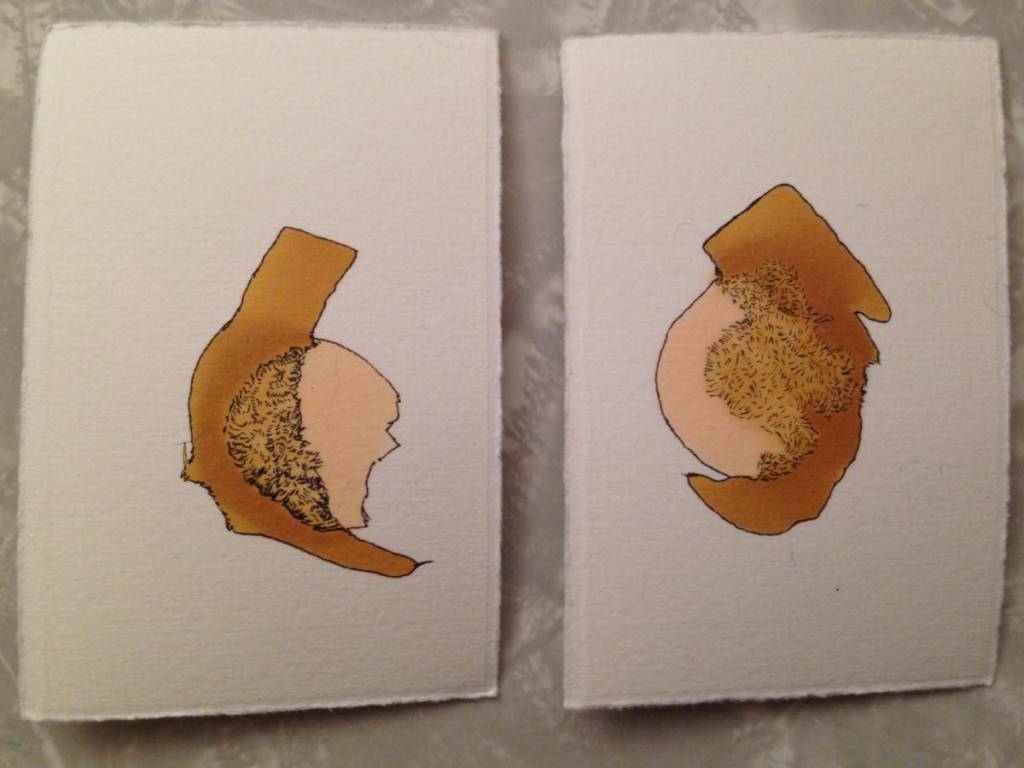
Pairing. One color with—one card with—another. Maybe another. Side-by-side: un-matched, in relation. What comes, together.
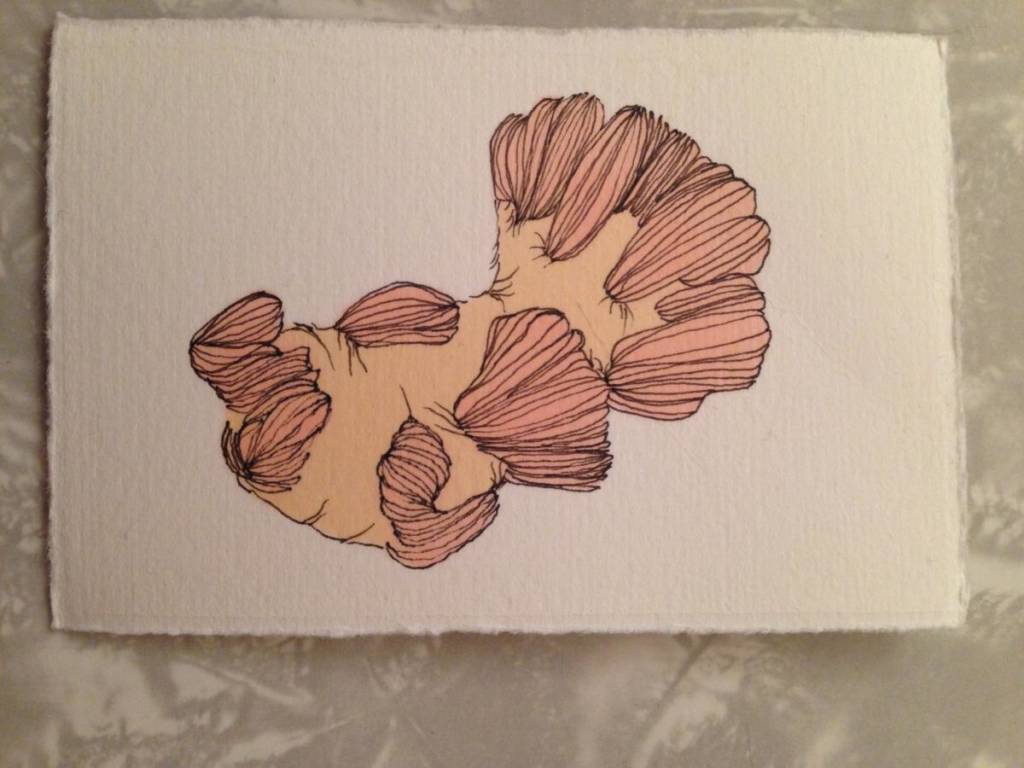
The suggestion of the organic: at times intentional, undeniable—part plant, part beast—at times unwanted. The insidious demand to be recognized, not seen.
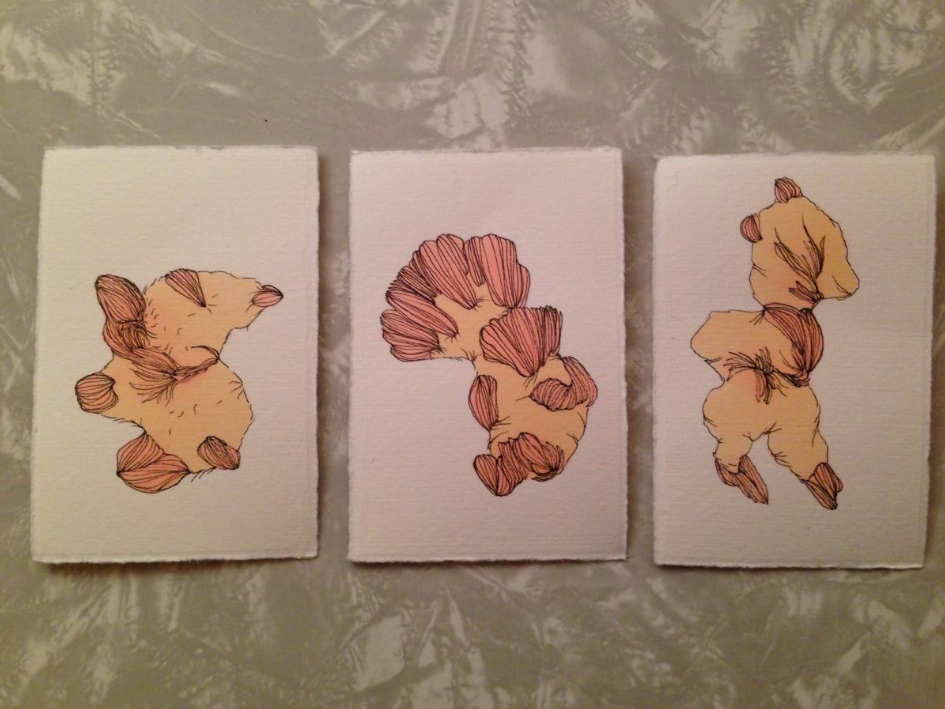
This is occupation by card, by force—a number of forms extracted from some other nature—a quantity of nameless shapes gathering, multiplying, purpose unknown.
Elizabeth Witte is the Web Essays Editor of The Common.
Photos by author.
